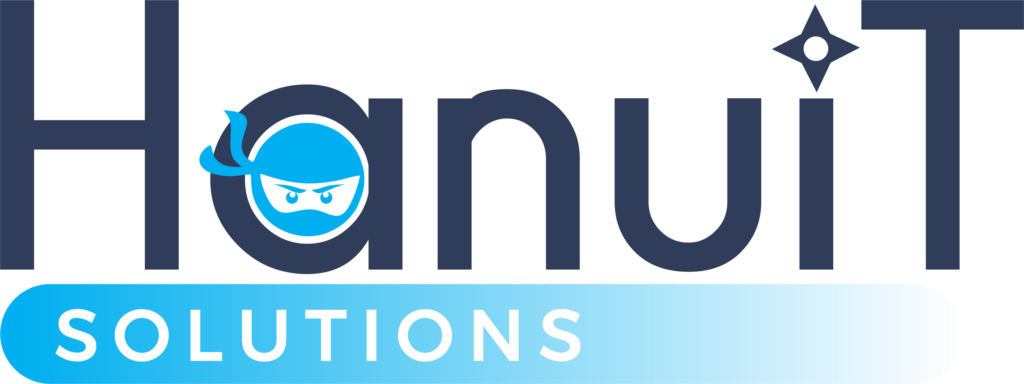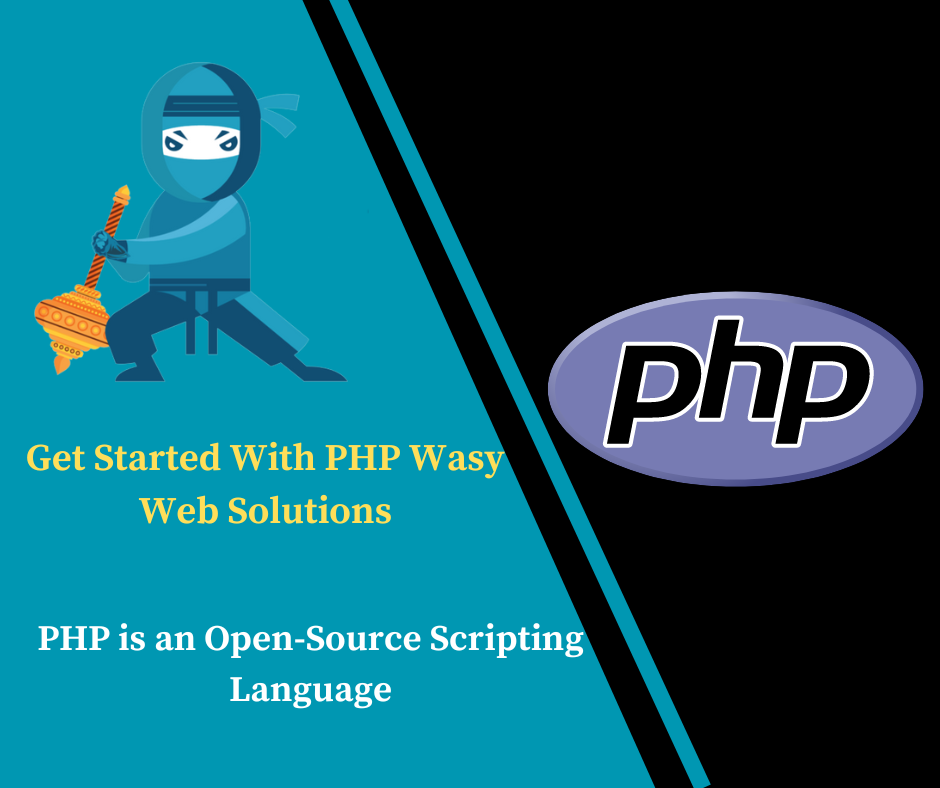PHP, known as Hypertext Preprocessor, is one of the most widely used server-side scripting languages on the web today. Originally intended for web development, PHP has evolved into a versatile tool for creating dynamic web pages, web applications, and even command-line scripts.
Its simplicity, flexibility, and extensive community support have made it a popular choice among developers worldwide.
PHP is an open-source scripting language that executes on the server side, generating dynamic content by interacting with databases and other server resources. It seamlessly integrates with HTML, allowing developers to embed PHP code directly within HTML files for dynamic content generation. Key features of PHP include
Key Features of PHP:-
1.Server-Side Scripting: PHP scripts are executed on the server, generating HTML output sent to the client’s browser. This enables dynamic content generation based on user input, database queries, or other server-side operations.
2.Cross-Platform Compatibility: PHP runs on various platforms, including Windows, Linux, macOS, and Unix-based systems, making it accessible to a wide range of developers.
3.Database Integration: PHP offers extensive support for interacting with databases like MySQL, PostgreSQL, SQLite, and others. This enables developers to create dynamic web applications that store and retrieve data efficiently.
4.Extensive Library Support: PHP boasts a vast ecosystem of libraries and frameworks, such as Laravel, Symfony, and CodeIgniter, simplifying common tasks like authentication, routing, and form validation.
5.Community Support: With a large and active community of developers, Php Web Application Development Services .PHP benefits from ongoing support, updates, and a wealth of online resources, including forums, tutorials, and documentation.
6.Security: While PHP itself is secure when used correctly, improper coding practices can introduce vulnerabilities. Adhering to security best practices, such as input validation, parameterized queries, and avoiding deprecated features, is essential for building secure PHP applications.
7.Scalability: PHP can handle large-scale web applications with ease, and it can be deployed on various web servers like Apache, Nginx, Microsoft IIS, and others, allowing for flexible scalability options.
8.Frameworks and CMS: PHP has numerous frameworks and content management systems (CMS) like Laravel, Symfony, CodeIgniter, and WordPress, which provide pre-built components and functionality to speed up development and maintainability.

How to Use PHP:
Using PHP involves several steps, including setting up a development environment, writing PHP code, and integrating it into web pages or applications. Here’s a basic guide on how to use PHP.
Also read what is local seo and how we can improve it
1.Set Up a Development Environment:
Install a web server: Popular choices include Apache, Nginx, or XAMPP, which includes Apache, MySQL, and PHP bundled together.
Install PHP: Download and install PHP from the official PHP website (php.net) or through package managers like apt, yum, or Homebrew.
Configure your web server: Configure your web server to recognize PHP files and pass them to the PHP interprete
2.Write PHP Code:
Create a new PHP file: Create a file with a .php extension, for example, index.php'.
Write PHP code: Use PHP tags <?php ... ?> to enclose your PHP code within HTML or other markup. PHP code can be embedded within HTML or standalone.
Example:
<?php
echo “Hello, World!”;
?>
3.Run PHP Code:
Place your PHP files in the web server’s document root directory.
Access the PHP file through a web browser by entering the URL to the file, e.g., http://localhost/index.php.
The web server processes the PHP code and sends the output (HTML, text, etc.) to the browser.
4.Basic Syntax and Features:
Variables: Declare variables using the $ symbol followed by the variable name.
Control Structures: Use if, else, elseif, switch, while, for, and foreach for flow control.
Functions: Define functions using the function keyword.
Arrays: Use arrays to store multiple values.
String Manipulation: PHP offers numerous functions for string manipulation, concatenation, and formatting.
File Handling: Read from and write to files using functions like fopen(), fwrite(), fread(), etc.
Database Connectivity: PHP provides various extensions (e.g., MySQLi, PDO) for interacting with databases like MySQL, PostgreSQL, SQLite, etc.
5.Interact with HTML:
PHP is often used to generate dynamic HTML content.
You can embed PHP code within HTML markup to create dynamic web pages.
For example:
<html>
<body>
<h1><?php echo “Hello, World!”; ?></h1>
</body>
</html>
6.Working with Forms:
PHP is commonly used to process form data submitted by users.
Learn how to use $_POST and $_GET superglobals to retrieve form data and perform actions based on it.
7.Database Interaction:
PHP can interact with databases like MySQL, PostgreSQL, SQLite, etc.
Learn how to connect to a database, execute SQL queries, fetch and manipulate data.
8.Error Handling and Debugging:
Learn about error handling techniques in PHP, such as try-catch blocks and error reporting functions (error_reporting, ini_set).
Use var_dump()and print_r()functions for debugging.
9.Security:
Be aware of common security vulnerabilities like SQL injection, XSS (Cross-Site Scripting), CSRF (Cross-Site Request Forgery), etc.
Sanitize user input and use prepared statements when dealing with databases.
Validate and sanitize input data to prevent malicious code execution.
10.Advanced Topics:
Once you’re comfortable with the basics, explore more advanced topics like object-oriented programming (OOP), frameworks (e.g., Laravel, Symfony), RESTful APIs, etc.
Keep practicing and exploring! PHP is a versatile language used for web development, and there’s a lot you can do with it.
Advantages of PHP:
1. Ease of Learning and Use:
PHP has a simple and intuitive syntax that is easy to learn, especially for beginners.
Its syntax is similar to C, Java, and Perl, making it accessible to developers with experience in other languages.
2.Open Source and Free:
PHP is an open-source language, meaning it’s freely available for anyone to use and distribute.
There are no licensing fees associated with PHP, making it cost-effective for individuals and businesses alike.
3.Platform Independence:
PHP runs on various platforms including Windows, Linux, macOS, and Unix.
It is compatible with most web servers, such as Apache, Nginx, and Microsoft IIS
4.Integration Capabilities:
PHP integrates seamlessly with different databases, including MySQL, PostgreSQL, SQLite, and MongoDB.
It supports various protocols and technologies such as LDAP, IMAP, XML, and web services, enabling easy integration with other systems.
5.Large Community and Resources:
PHP has a vast and active community of developers who contribute to its growth and development.
There is extensive documentation, tutorials, forums, and online resources available to support developers.
6.Speed and Performance:
PHP is known for its fast execution speed, especially when optimized with caching mechanisms and accelerators.
It can handle a large number of requests efficiently, making it suitable for high-traffic websites.
7.Rich Library of Functions:
PHP comes with a rich set of built-in functions and libraries for common tasks such as string manipulation, file handling, and database access.
There are also numerous third-party libraries and frameworks available for extending PHP’s capabilities.
8.Scalability:
PHP applications can scale easily to accommodate growing user bases and increasing traffic demands.
With proper architecture and design, PHP-based applications can be deployed across multiple servers for improved scalability.
9.Security Features:
PHP offers built-in security features to help developers prevent common vulnerabilities such as SQL injection, cross-site scripting (XSS), and cross-site request forgery (CSRF).
By following best practices and using secure coding techniques, developers can build secure PHP applications.
10.Support for Object-Oriented Programming (OOP):
PHP supports object-oriented programming (OOP) principles, allowing developers to write modular, reusable, and maintainable code.
OOP features such as classes, objects, inheritance, and encapsulation enhance code organization and readability.
FAQ:
1.What is PHP?
PHP (Hypertext Preprocessor) is a server-side scripting language commonly used for web development. It is embedded within HTML code and executed on the server to generate dynamic web pages.
2.Is PHP free to use?
Yes, PHP is open source software distributed under the PHP License. It is free to download, use, and distribute.
3.What platforms does PHP support?
PHP runs on various platforms, including Windows, Linux, macOS, and Unix. It is compatible with most web servers, such as Apache, Nginx, and Microsoft IIS.
4.How do I start using PHP?
To start using PHP, you need to set up a web server with PHP support. You can install PHP on your local machine or use a web hosting service that supports PHP. Hire PHP Developers Then, create PHP files with a .php extension and write PHP code within <?php ?> tags.
5.What is the difference between PHP and HTML?
HTML (Hypertext Markup Language) is a markup language used to create the structure of web pages. PHP, on the other hand, is a scripting language used to generate dynamic content on web pages. While HTML defines the layout and elements of a web page, PHP enables interaction with databases, processing of forms, and other server-side tasks.
6.What databases does PHP support?
PHP supports various databases, including MySQL, PostgreSQL, SQLite, MongoDB, Oracle, and Microsoft SQL Server. It provides built-in functions and extensions for interacting with these databases.
Conclusion:-
In essence, PHP’s journey from its humble beginnings to its present stature underscores its resilience, adaptability, and enduring relevance in the ever-changing landscape of web development. As we look ahead, PHP is poised to continue shaping the future of the web, empowering developers to innovate, collaborate, and create impactful digital experiences for users worldwide.








